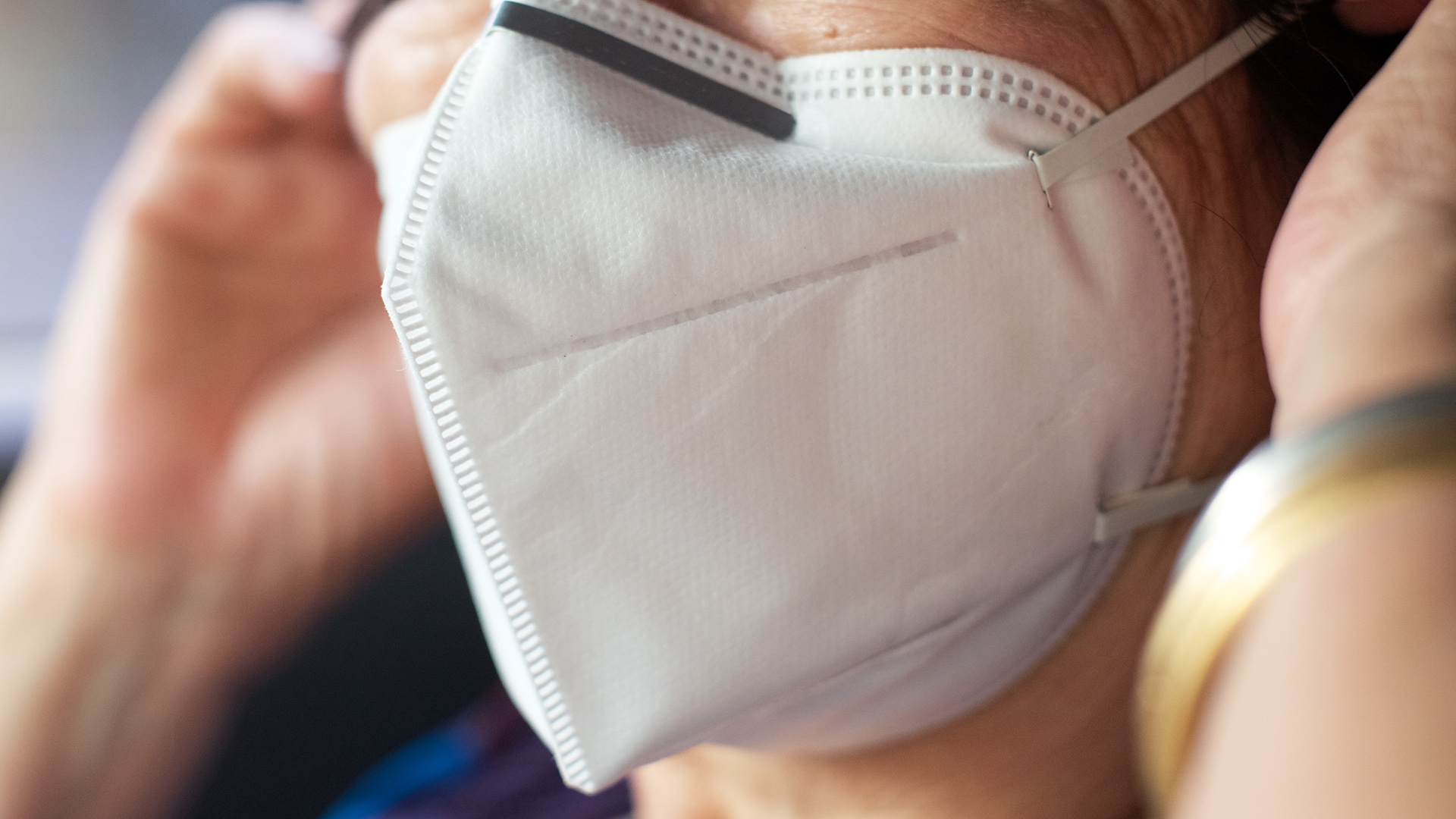The latest iteration of Cal/OSHA’s COVID-19 Emergency Temporary Standard (ETS) will take effect on or about May 5, 2022, and expire on December 31, 2022. This brief alert summarizes the principal ETS changes and what we can expect from Cal/OSHA.
First, the ETS incorporates the California Department of Public Health’s exclusion and isolation requirements as long as Executive Order N-84-20 remains in place. With this provision, Cal/OSHA seems to have acknowledged the criticism that an ETS through the end of the calendar year would set in stone certain requirements that may make little sense as the pandemic wanes. The CDPH requirements have been updated more frequently than the ETS, which thus allow for more regulatory flexibility. Cal/OSHA also will defer to the CDPH if the CDPH gives a different meaning to “close contact” than the ETS definition of being within six feet of a COVID-19 case for 15 minutes or more within a 24-hour period. As of now, the CDPH has not defined “close contact” differently than the ETS.
Second, the ETS now permits a COVID-19 test to be self-administered and self-read if accompanied by a time-stamped photograph verifying the results (or other, similar means of verification). This is a welcome nod to the reality that employees frequently take over-the-counter, FDA-approved COVID-19 tests at home.
Third, the term “fully vaccinated” has been removed from the ETS. The previous distinction between fully vaccinated and unvaccinated is no longer relevant under the ETS. Now, all employees (regardless of vaccination status) may request a respirator for voluntary use, and, when symptomatic, they must have COVID-19 testing made available to them at no cost during the employee’s paid time. Relatedly, the recommendation that face coverings be worn when non-fully-vaccinated employees could not maintain six feet of distance outdoors has been dropped as well.
Fourth, the requirement of surface cleaning and disinfecting procedures has been removed from the ETS. This, too, reflects an evolution in our understanding of the risk of infection from contaminated surfaces. The consensus is the risk is low in most non-health-care workplace settings. The ETS changes account for that fact.
Finally, in the event of an outbreak (i.e. three or more employee COVID-19 cases within an exposed group), employers are no longer required to evaluate or use cleanable solid partitions but should enforce social distancing between employees as much as is feasible.
While some states have rescinded their COVID emergency standards, California is doubling down on its COVID-19 ETS. The bottom line is that employers need to ensure their COVID prevention programs are up-to-date. Going forward, a Cal/OSHA inspection likely will include a request for an employer’s written COVID-19 Prevention Program, even if the inspection has nothing to do with COVID-19. Employers need only look at Cal/OSHA’s historical efforts in enforcing its heat illness prevention standard for an example of how Cal/OSHA may expand the scope of an inspection to include requests for written policies that have nothing to do with the underlying complaint or hazard. Often with Cal/OSHA, what’s past is prologue.
Finally, we expect to see Cal/OSHA issue FAQs on its revised ETS in the near future. We will report on future developments as they occur.



